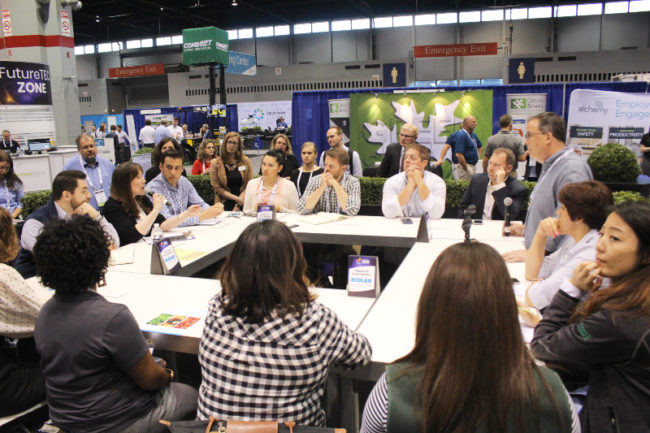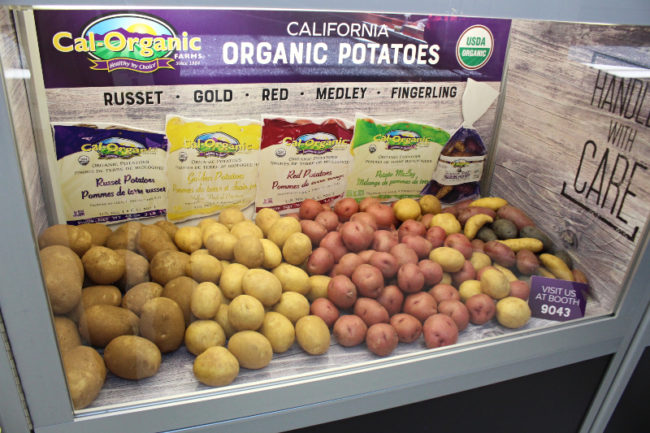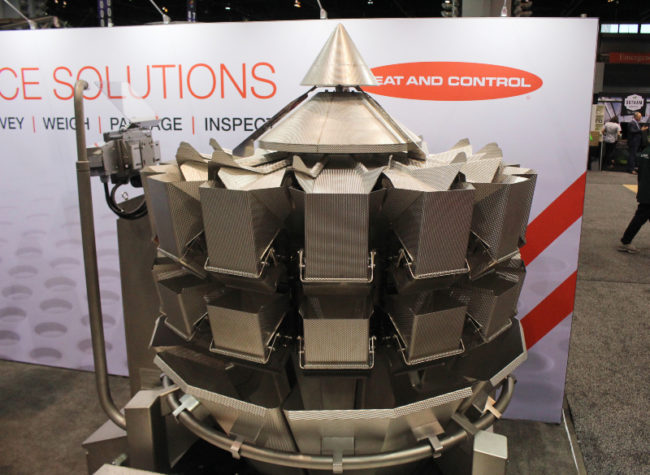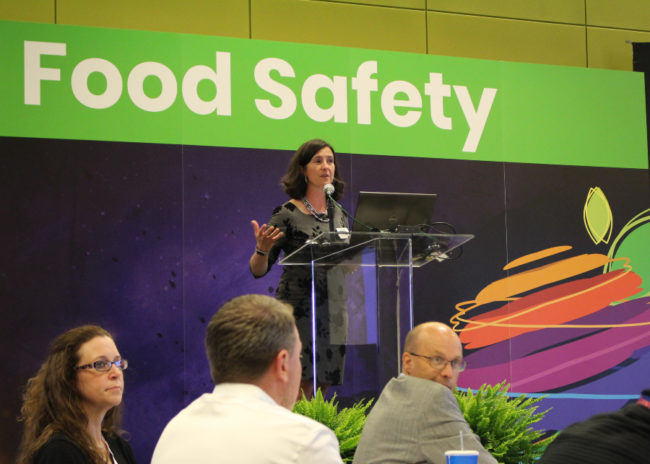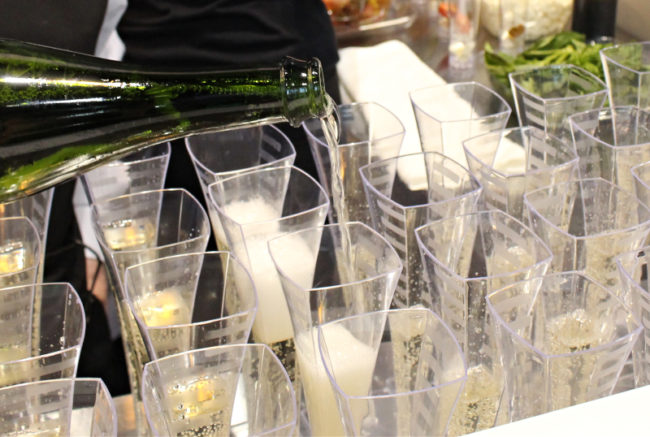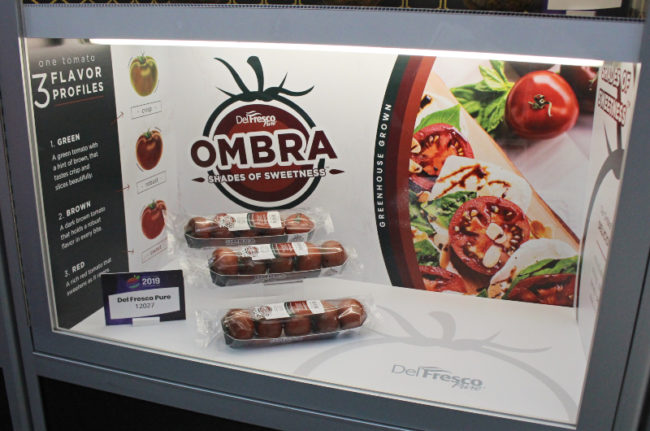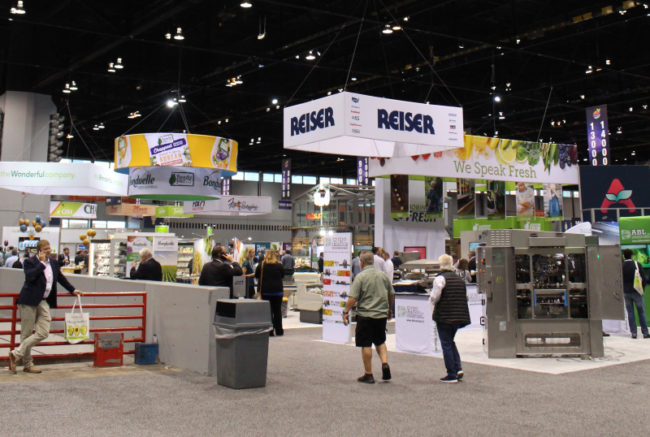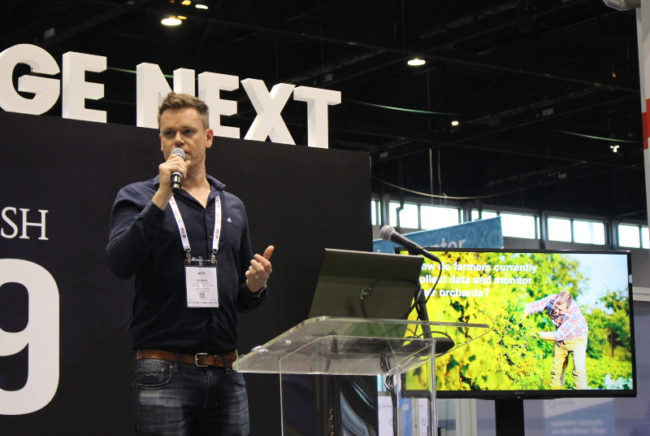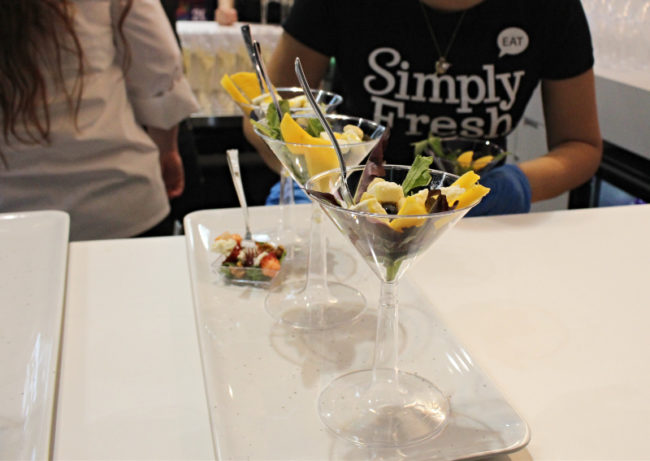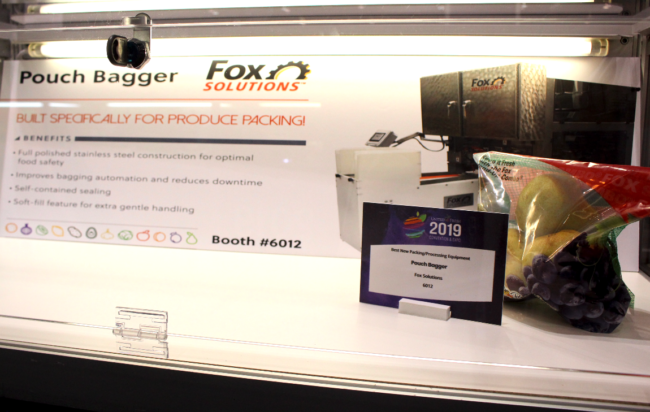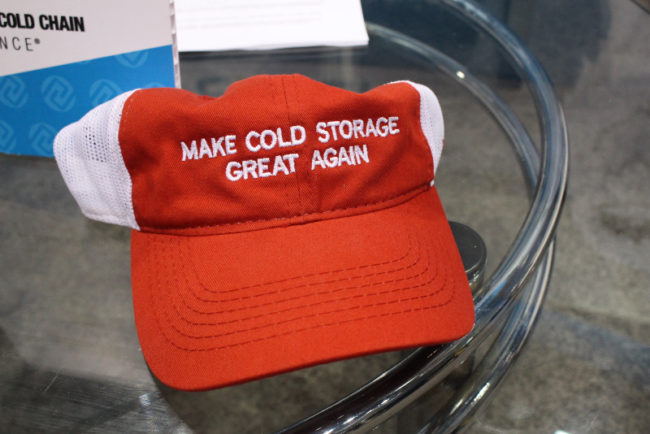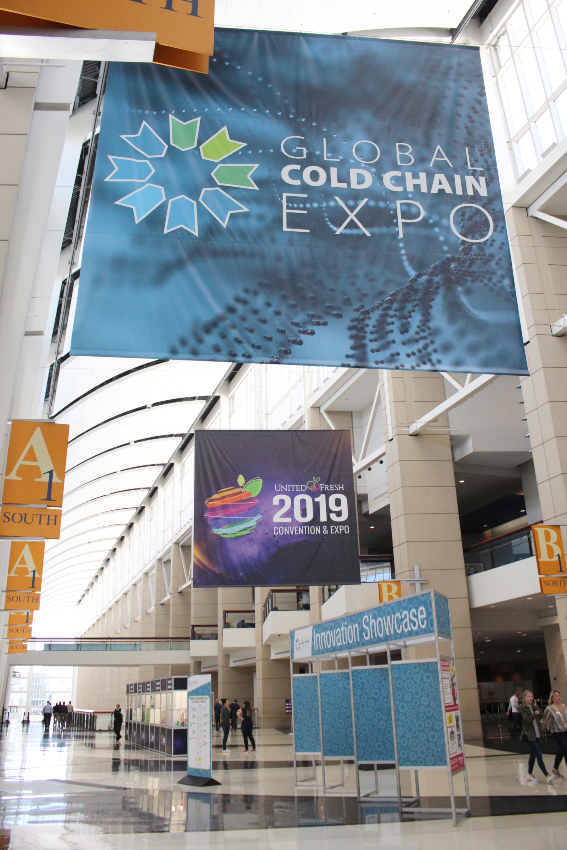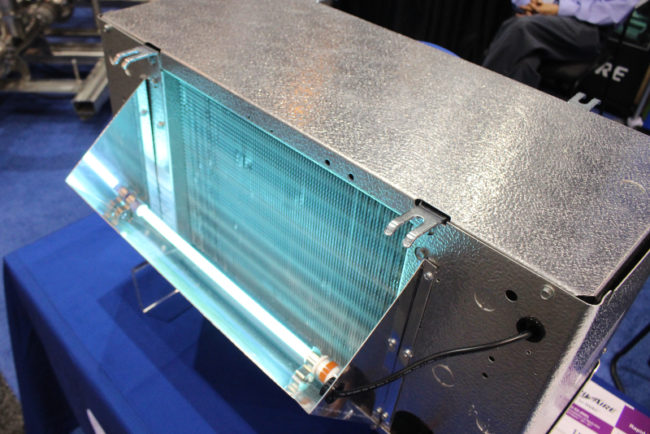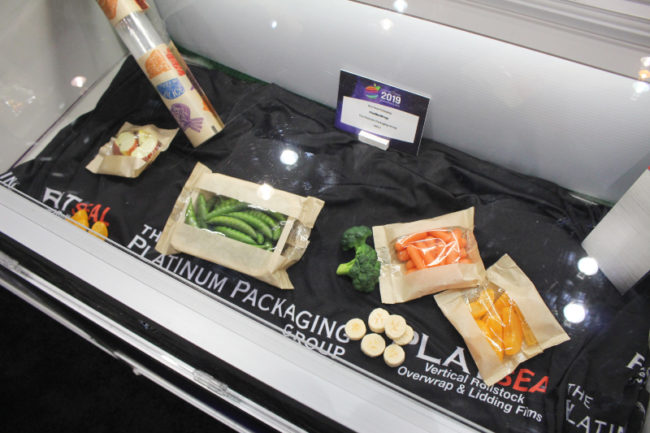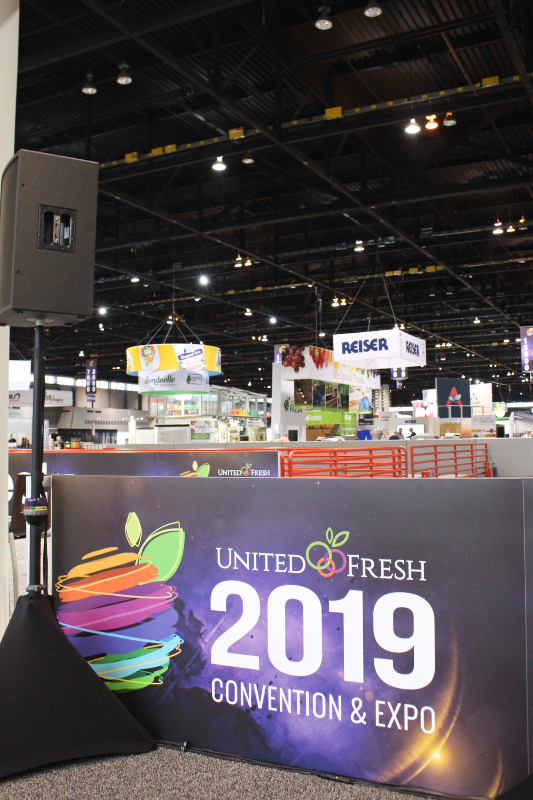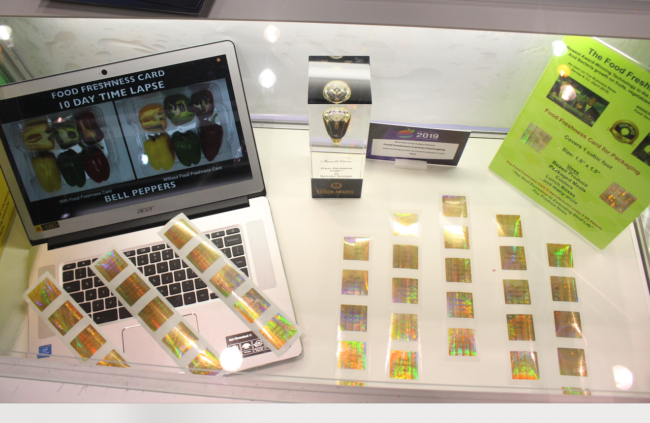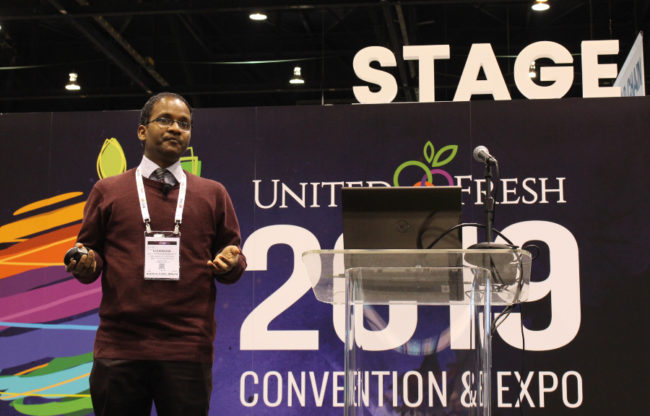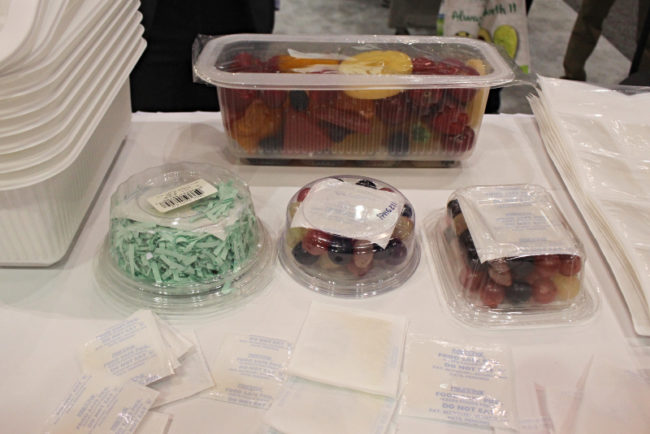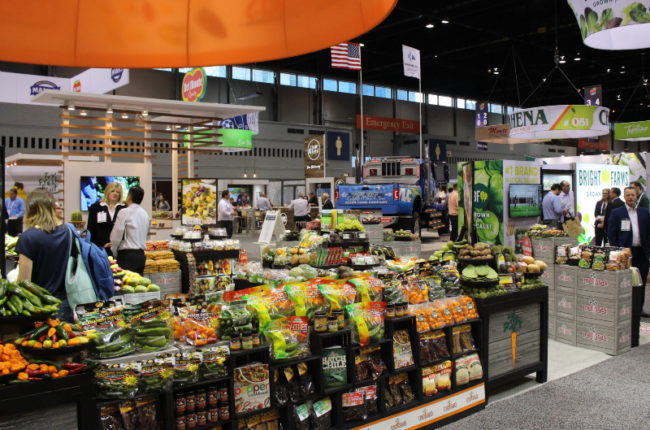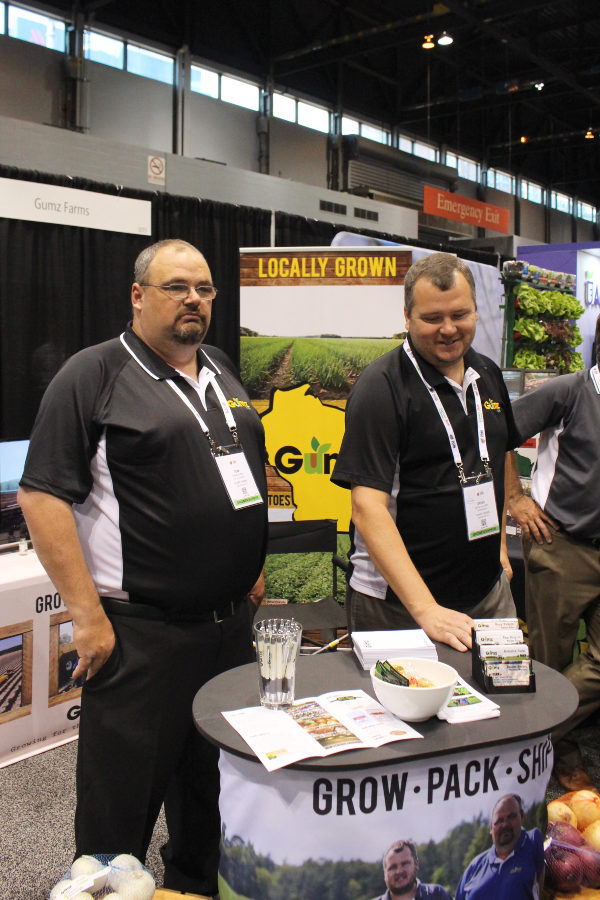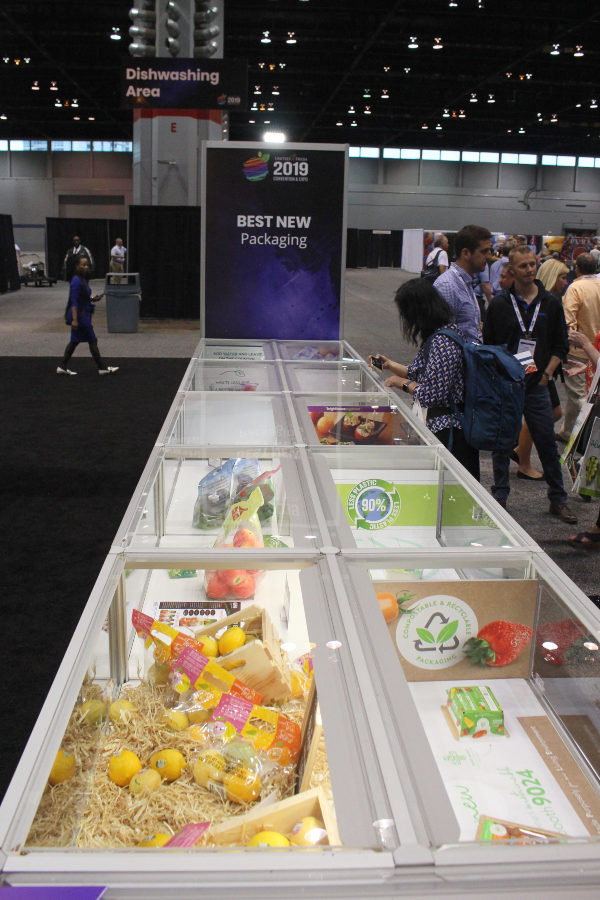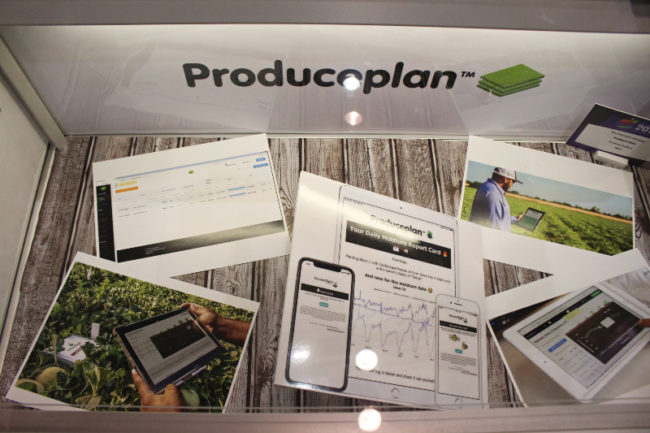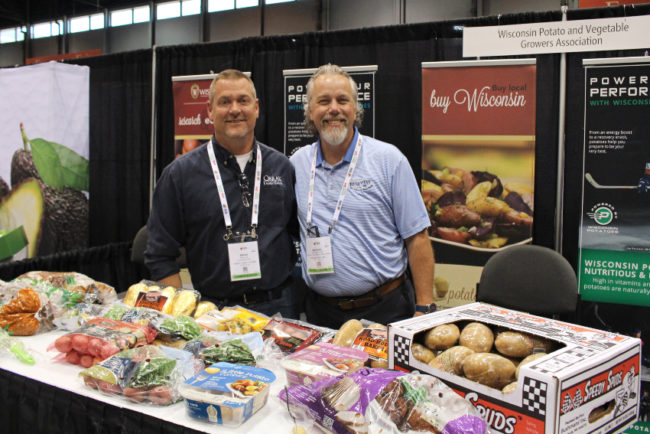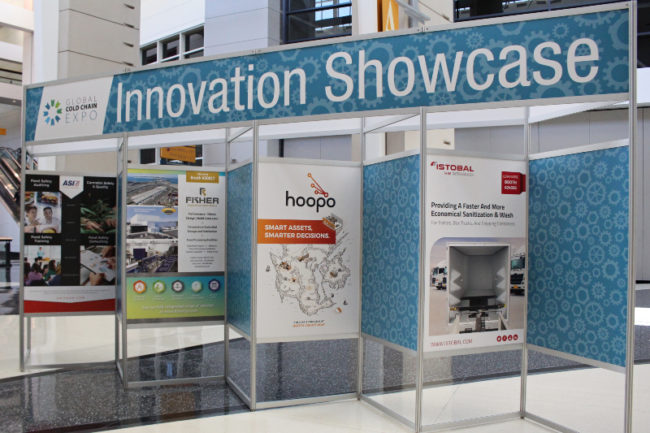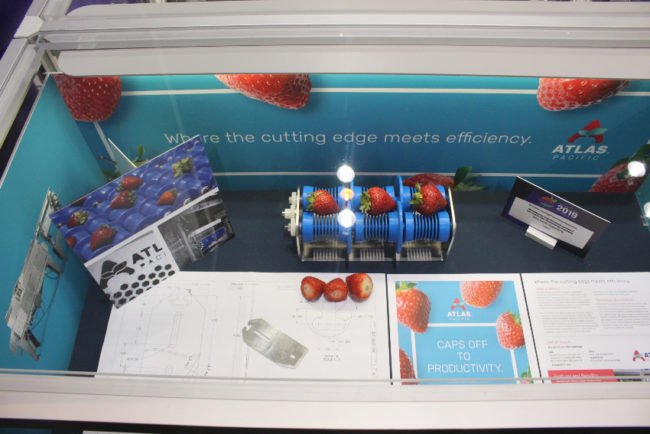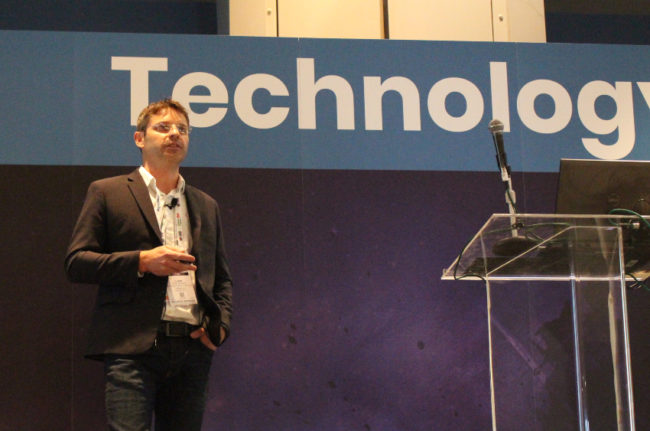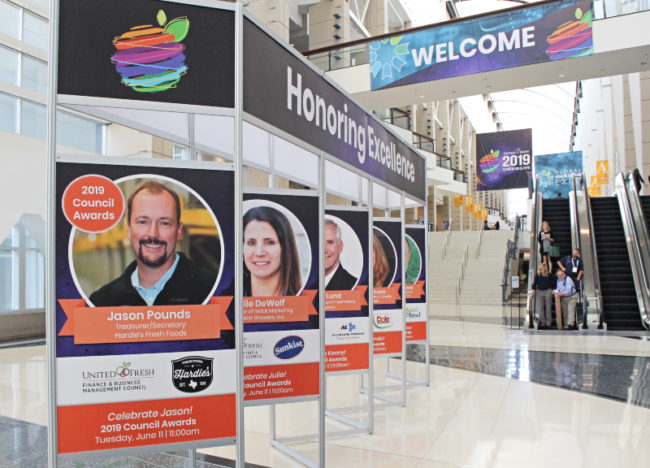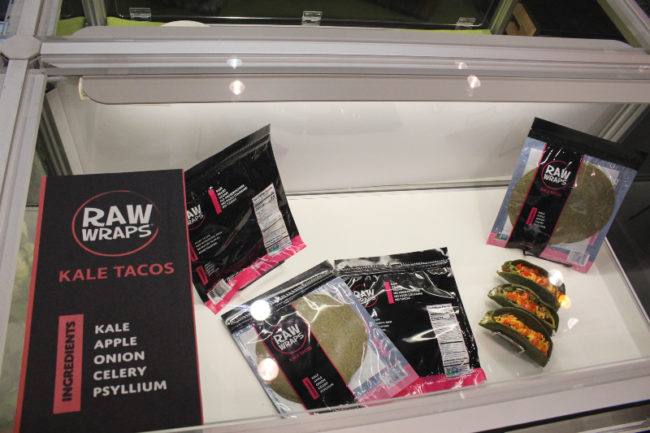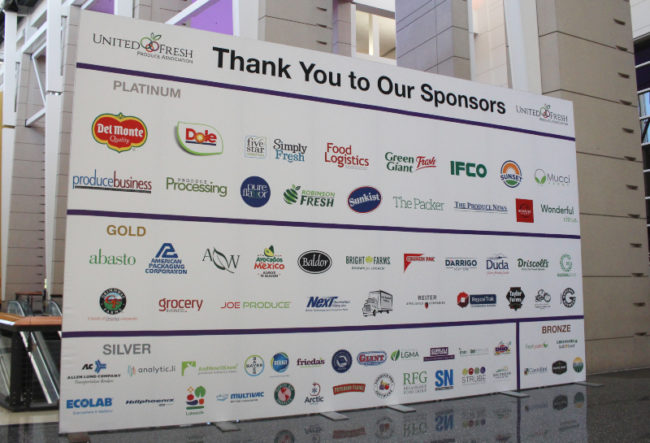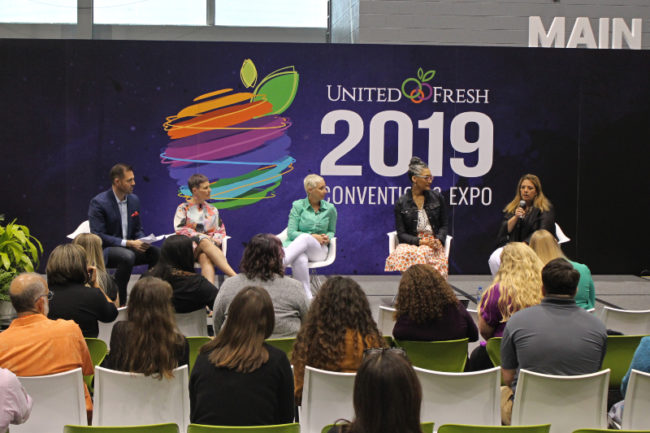United Fresh 2019 includes info on blockchain traceability, facility design
Many of the produce industry’s biggest companies and most influential people gathered at McCormick Place in Chicago in June for the 2019 United Fresh Convention & Expo.
The event included an extensive trade show floor, as well as numerous education sessions to help produce providers and processors better understand the always-changing landscape.
Here are a few takeaways.
Blockchain
In 2017, Walmart led a blockchain traceability initiative designed by IBM called the IBM Food Trust. Several other companies got on board from the get-go, including produce providers Dole and Driscoll.
Dole Vice President of Food Safety & Quality Natalie Dyenson spoke about her company’s experience with blockchain and how it can succeed where other systems have come up short.
“Blockchain always draws a crowd. It’s a term that everybody uses, everybody hears, but nobody really knows what it is,” Dyenson said. “A lot of these solutions in the past that have been out there are siloed. A company can have their information (in a certain location) … but it isn’t necessarily operable across the whole chain.”
Dyenson broke down a few key areas of blockchain and how they work.
-
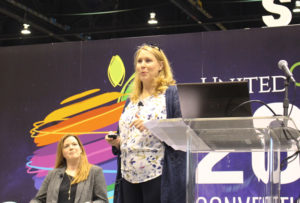
Natalie Dyenson, Dole’s VP of food safety and quality, delivers a presentation on blockchain. Privacy. While some companies would be understandably weary of allowing outside people access to company data, blockchain is designed to be permission-based so that other companies can only see data they have been approved to see. “Everything is permission-based, everything is secure for privacy,” Dyenson said. “Everything uploaded to the blockchain is encrypted.”
- Shared ledger technology. All approved users within the supply chain can see the same documentation. If there are variations among users, for example Dole and Walmart, it will notify the users of the discrepancies. “It allows everyone to see the same records at the same time. That’s important, because when you and your customer are looking at two different documents thinking you’re looking at the same one, it’s a problem.”
- Smart contracts. “With smart contracts, as soon information is uploaded to the blockchain, the blockchain says ‘yep, it meets all the criteria,’ and automatically releases the PO.” In addition, smart contracts can monitor various stipulations throughout the supply process and alert users if there is a problem — for example, temperature control during storage or shipping.
Data can uploaded in various ways based on company preference, including manually or through existing spreadsheets or main frames. Dyenson said that flexibility was attractive for Dole, adding that it allows companies of all sizes the ability to be part of the blockchain. “Not all companies have a huge IT department,” she said.
IBM Food Trust isn’t the only blockchain traceability option available. A key future development will be if and how the various formats interact with each other.
Facility design
Hansen-Rice specializes in designing all sorts of facilities, but cold storage, distribution and processing rank among the firm’s areas of expertise. Mark Rice, program director for the company, delivered a presentation creating an efficient plant.
The process of the making the product should be the driving force for any design, he said.
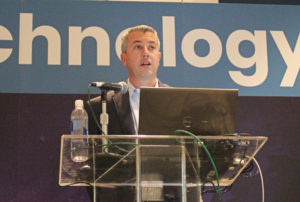
“We believe our customers should build on their process first, and then let us build around it,” Rice said. “Nobody knows your business better than you do.”
While the presentation was generally given with the idea of designing a building from scratch, Rice acknowledged that’s not always the case. “Not everybody has the ability or means to go pick anything they want,” he said.
Whether building from the ground up or renovating an existing structure, certain factors need to be addressed in order to create the most efficient building possible. Some of Rice’s key talking points included:
- Location. Climate, population density and other related topics need to be addressed when choosing a site and building. Are trucks going to be able to get to and from the building efficiently? Is there enough labor available nearby? Is there enough daily sunlight to make solar energy a possibility? Rice noted that just because a building is efficient in one climate doesn’t mean it would be in another.
- Utilities. Water, gas and electricity have great influence on operating costs. Rice said things like capturing stormwater and designing a landscaping plan that cuts down on irrigation needs can not only help keep down costs, but also are environmentally responsible. “Through technology and improvement over the years, people are really coming up with great ideas to still provide quality, aesthetically pleasing landscaping while not being harmful to the environment and taking on a lot of water,” he said.
- Product flow. “It should be very linear so you’re not moving product from one end to the other unnecessarily,” Rice said. “That should be the crux of all facilities: how are you getting from A to B to C the fastest and most efficient way possible.” It’s not just about where equipment is placed, but also creating the right paths for forklifts and where to store things like packaging or boxes.
- Personnel flow. Proper employee flow not only is time efficient, it’s also important from a sanitation and food safety standpoint. “A lot of our facilities have various hygienic zones,” Rice said. “Moving low-care versus high-care in the most efficient way possible through corridors.”
Innovation awards
Attendees voted on United Fresh’s Innovation Awards during the show, which include a variety of categories. The winners were:
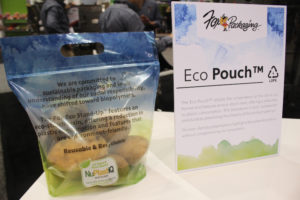
Packing/Processing Equipment: Pouch Bagger, Fox Solutions. Designed for the growing pouch trend, Fox Solutions is a high-efficiency option for multiple types of produce and can output 18-22 bags per minute.
Food Safety Solution: Food Freshness Card for Packaging, Natures Frequencies. Based on patented technology, the Food Freshness Card can be placed in a refrigerator or other place food is stored to keep it fresh up to 50% longer. Nature Frequencies has extended the technology for packaging.
Indoor Growing Technology: Virgo, Root AI. Virgo is a tomato-picking robot that features ripeness sensors and a robotic arm that gently picks the crop without tearing the vine.
Packaging: Film-sealed Fruit Cups, Del Monte Fresh Produce. The line includes a variety of fresh-cut options that are sealed for freshness.
Field Technology: RipeTime. The technology utilizes an environmental sensor that monitors a crop’s freshness, reducing waste and optimizing shipping time.
Fruit Product: Peeled Diced or Sliced Pears, Crunch Pak. Known for its apples, Crunch Pak extended its foodservice product offering this year by adding sliced pears.
Vegetable Product: Avocado Ranch Chopped Salad Kit, Taylor Farms. Ready-to-eat salad and dressing kit includes cabbage, romaine lettuce, carrots, corn and green onions.
Going forward
The United Fresh Convention & Expo will change sites in coming years. It will be held in San Diego in 2020, Los Angeles in 2021, Boston in 2022 and San Diego again in 2023.
— By Zeke Jennings, managing editor

